How to Do Forecasting in Power BI (Steps & Accuracy Metrics)
Remember our last guide - Power BI forecasting? It revealed things that truly blocks accuracy, both structural and situational. Now it's time to take the next step. Knowing Power...
The customer is a well-established brand which offers sales, marketing, distribution and executive management related activities for the healthcare and life-science domains. They offer their expert services to hospitals, physician offices and research centers primarily based in Europe and Britain. Professionalism and dedication are the driving forces behind their success in the market.
The customer developed a new method for the diagnosis and treatment of acute appendicitis that needed to be showcased to its various clients (hospitals, physician offices and research centers). As a part of their marketing strategy, they prepared a manual statistical analysis that could demonstrate the cost-benefit analysis of the new method compared to the existing methods being practiced. However, the customer realized the need to automate this analysis to appeal to and convince their clients to adopt the newly developed method. The automated analysis could support extensive factorial analysis, instantaneous report generation, tracking and managing user requests and storage of historical patient information.


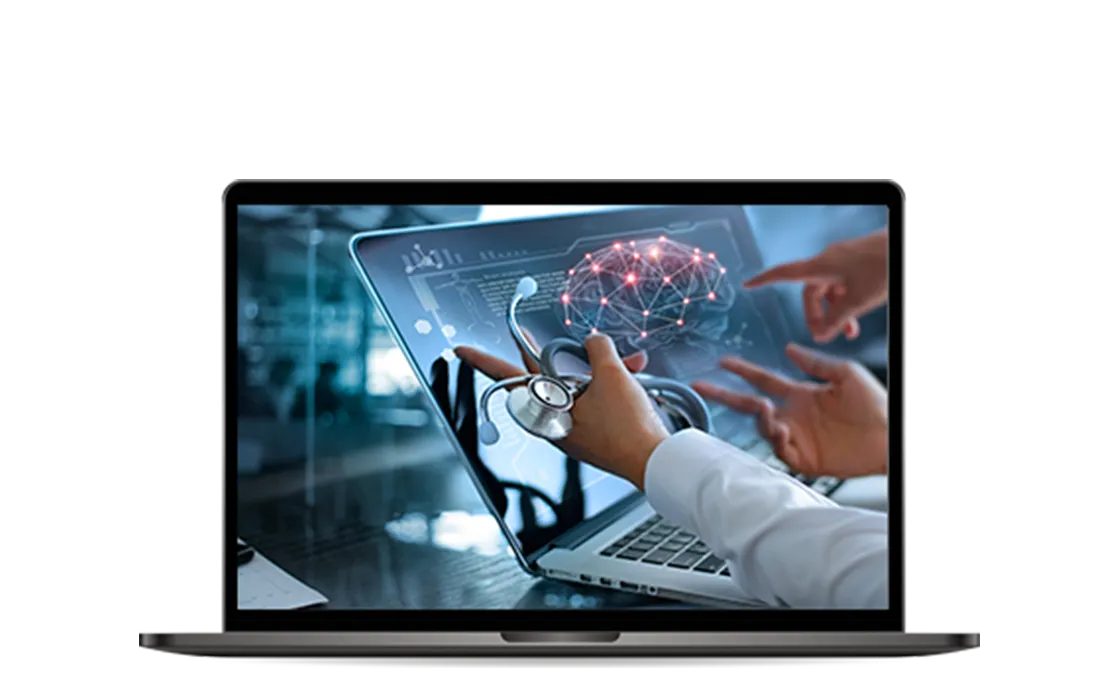
We encourage you to contact us with any questions or comments you may have.

iFour Technolab, one of the leading healthcare software development companies, built an automated solution that offered a cost-benefit analysis through statistical models. The predictive model included an analysis of the average number of patients who reported with acute abdominal pain, the average time taken for the CT scan and ultrasound, level of sensitivity and specificity, radiation consequences and many more. On-the-spot report generation with varied charts and currency support, effective storage and rapid retrieval of a huge amount of data, are the supplementary features of the web-based solution delivered by iFour Technolab Pvt. Ltd.
Take a look at the features comprised in this automated solution -
When it comes to our organisation, we have expertise in all technology spheres. Clients can hire .NET developers, Angular developers, WPF developers, Node.js developers, and blockchain developers based on their unique business needs.
Precise Estimation and Analysis Module to calculate the average number of patients, the best imaging and observation rates, the level of prevalence, sensitivity and specificity
Predictive Modelling and Statistical Methods through demographic, geographic and exchange rate related inputs with exporting facilities
Creation of charts and graphs through dynamic Charting Tool with automated currency conversion
Management of historical user specific requests through the Tracking mechanism module
Flexibility to manipulate default inputs and study the outcome of models through the Modelling & Analysis module
Effective and user-friendly Profile management for members
Role based access control mechanism to prevent exploitation of the system
On-the-spot Report generation of various models to compare across currencies.
With the sustainable and analytical solution provided by iFour Technolab Pvt. Ltd., the customer is now able to showcase their new method through automated cost-benefit analysis. Moreover, the solution has enabled the customer to deliver better estimates, accurate calculations, effective storage and retrieval, accompanied by the prompt generation of reports leading to improved decision making, thus gaining an endorsement for their new method. Extensive post implementation support from iFour Technolab Pvt. Ltd. has helped establish a long-term relationship with the customer.

About Customer The Customer is a well-established brand in offering sales, marketing, distribution and executive management related activities in healthcare and life-science domain. They offer their expert services to hospitals, physician offices...
challange Comprehensive healthcare checkup is critical for discovering internal threats to help individuals in escaping healthcare risks. The Healthcare client was looking for an autonomous and intelligent tracking system that could help their healthcare...
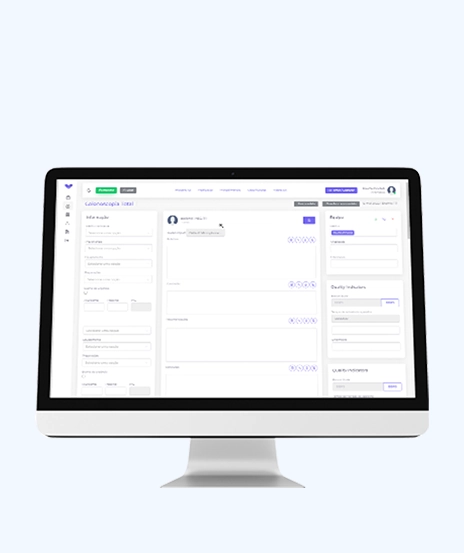
The customer is a Portugal-based IT consulting company founded in 1991 with the objective of offering specialized services in information technology systems in response to actual customer needs. It also focuses on offering technical training and certification...
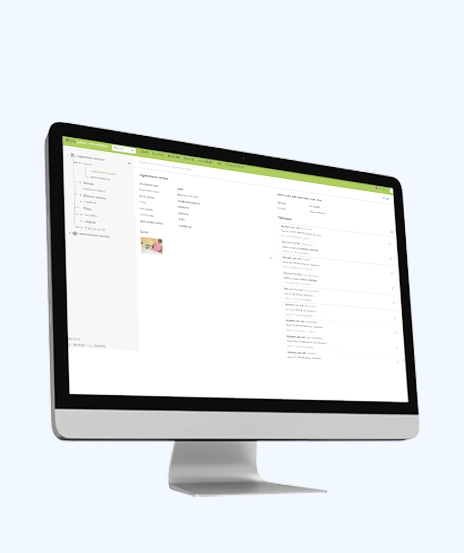
The customer wanted a complete web-based solution to facilitate maternity care. Managing high volumes of information related to maternity service customers, employee details, finances, administrative tasks, customer profiles, tracking user requests in...

Remember our last guide - Power BI forecasting? It revealed things that truly blocks accuracy, both structural and situational. Now it's time to take the next step. Knowing Power...
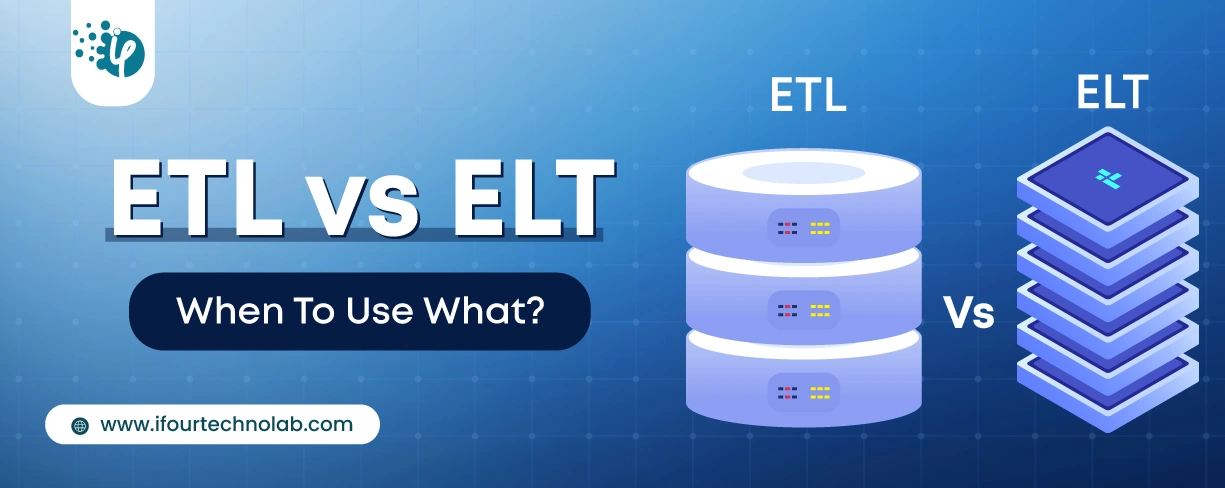
It's amazing to see how Data teams today are racing ahead - moving from traditional warehouses to cloud-native platforms, lakehouses, and real-time architectures. But in this rush,...
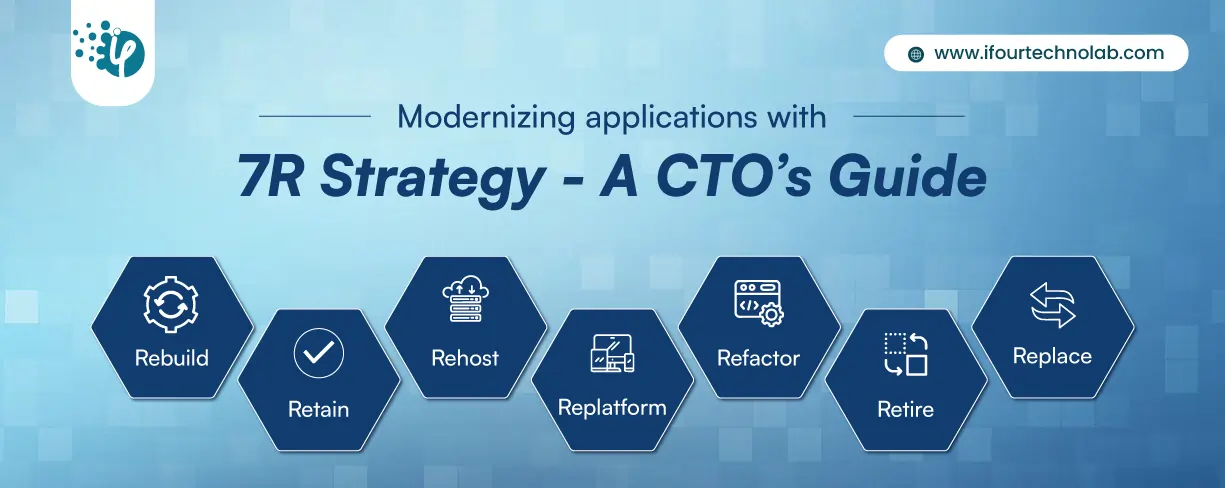
Think about the last time CTOs spent most of their time fixing old systems. Updates were slow, servers were expensive, and adding new features took time. Now, things have changed....